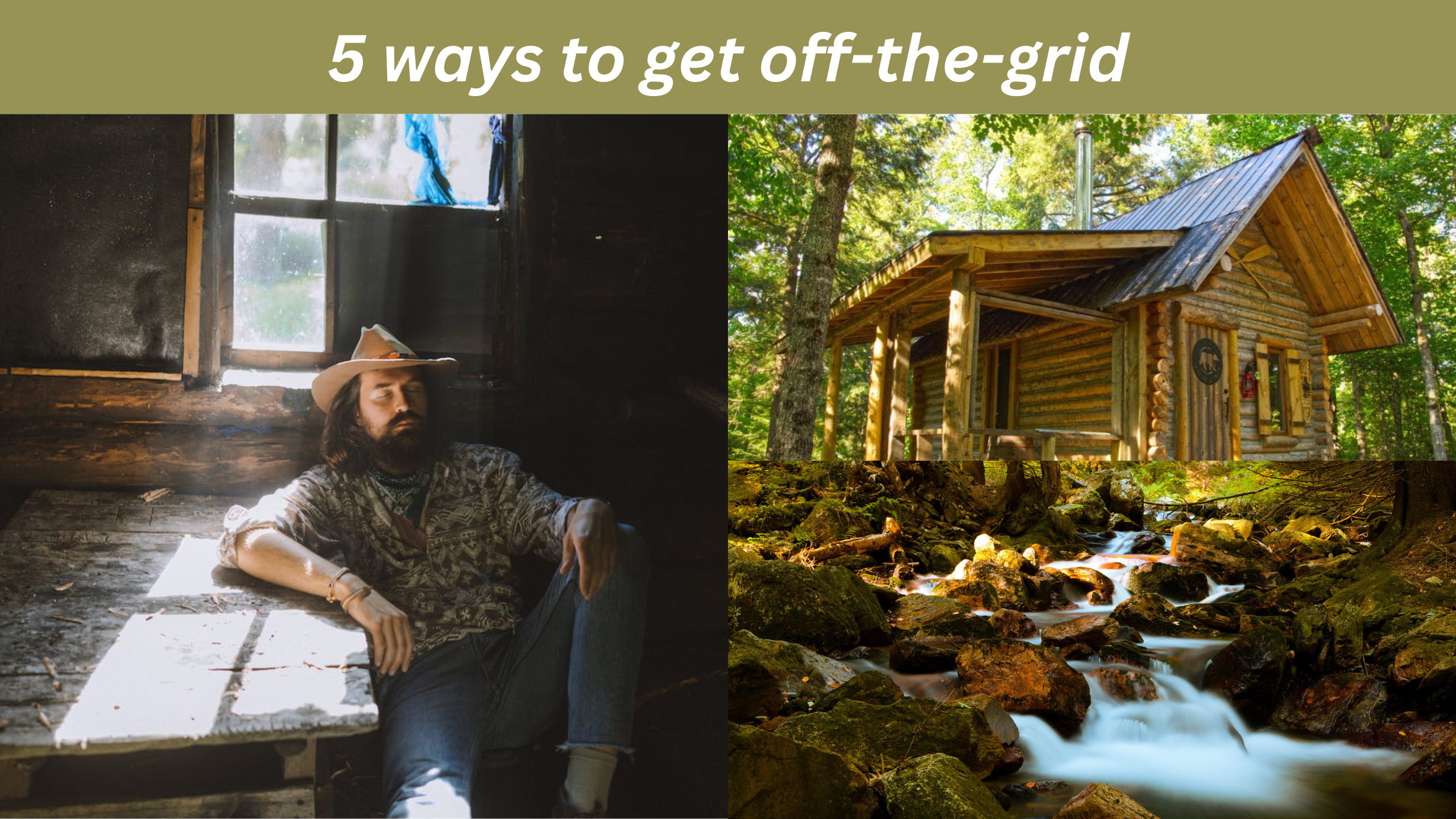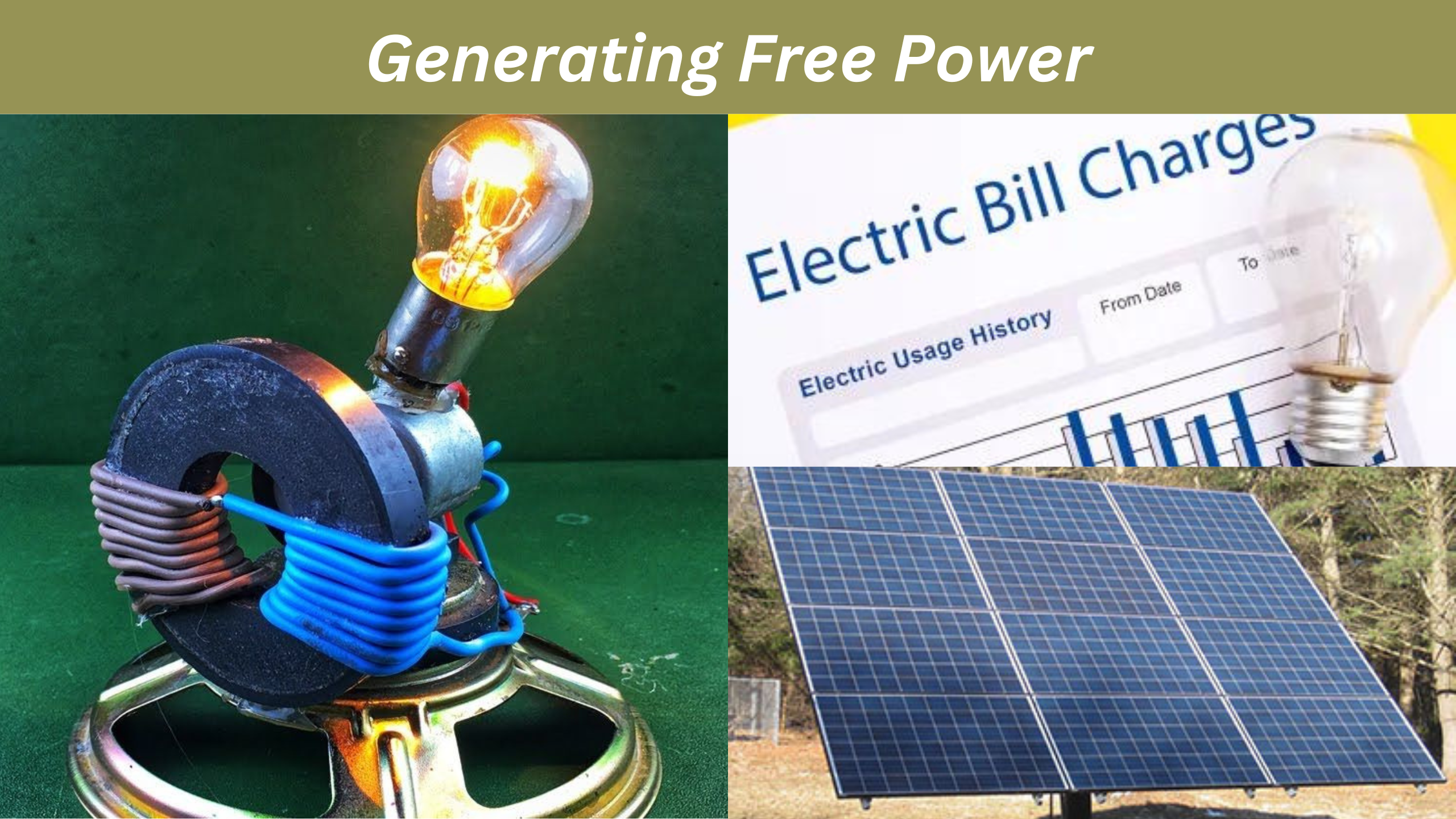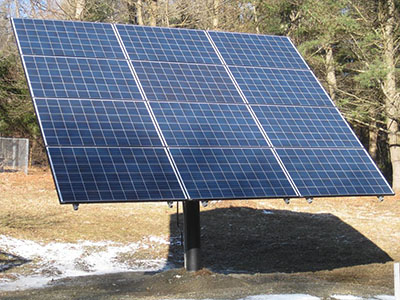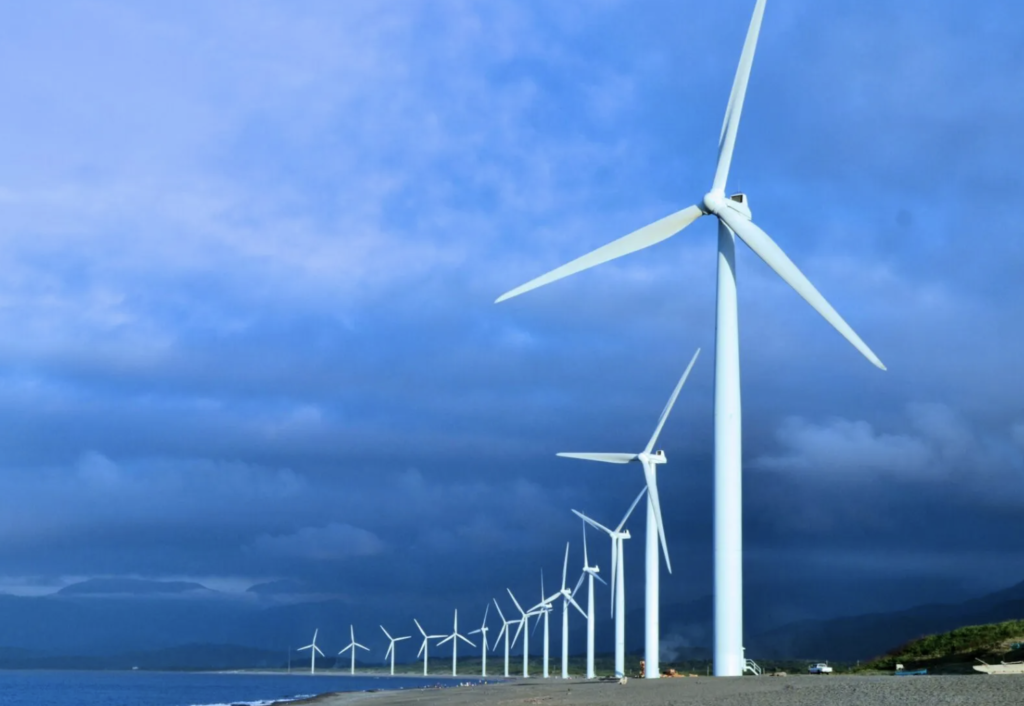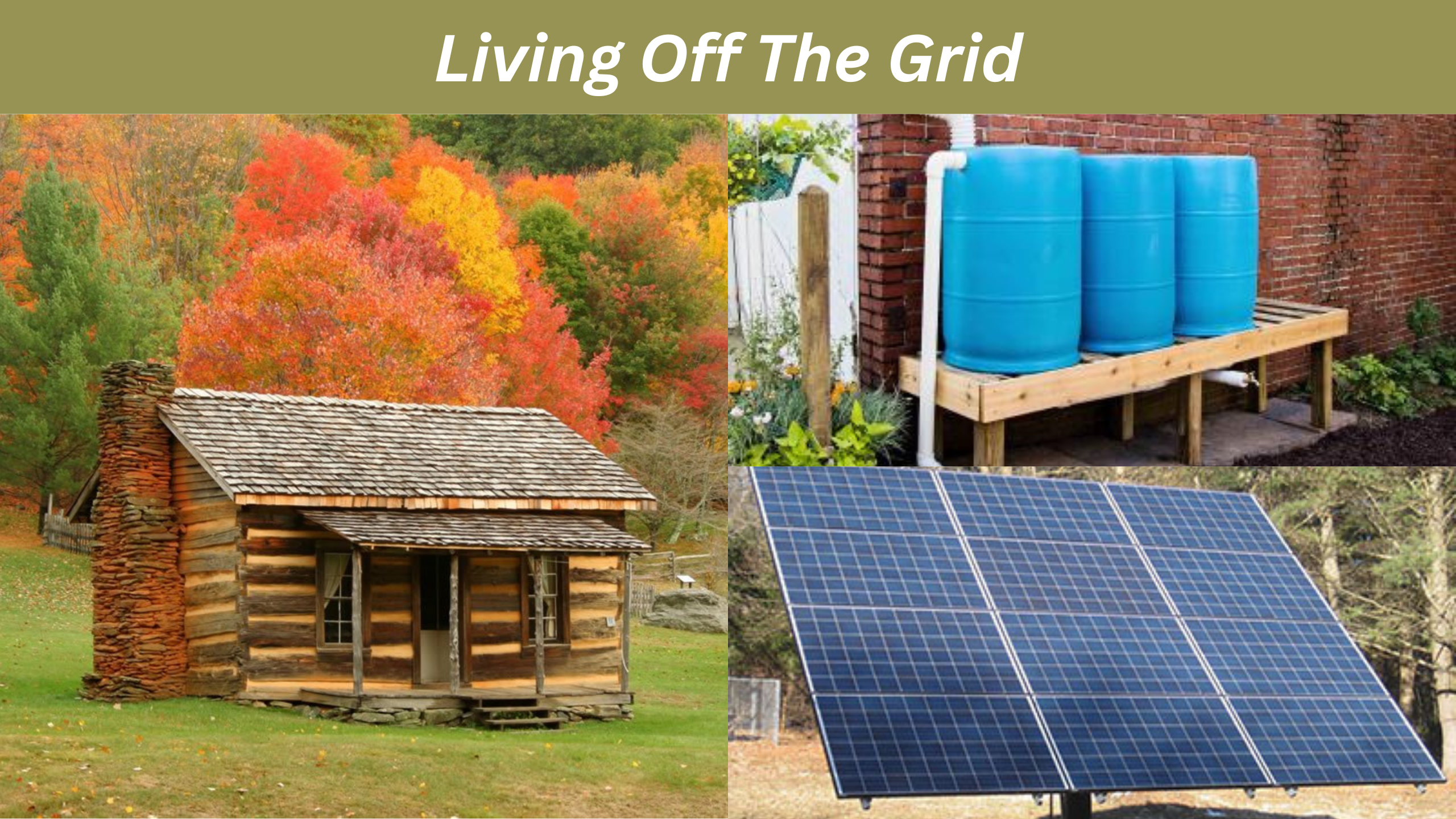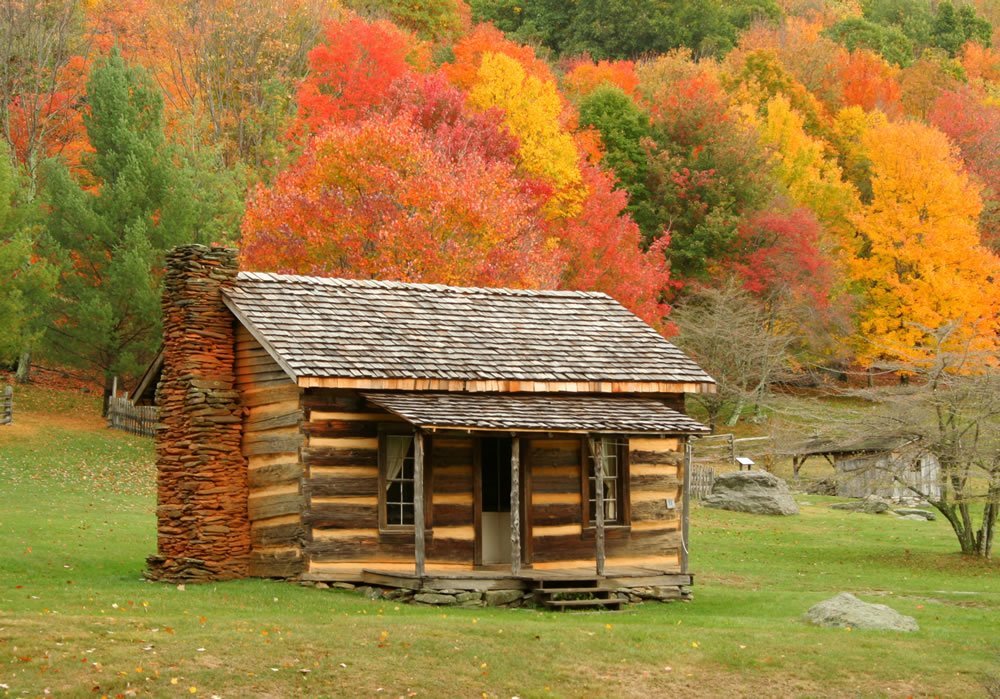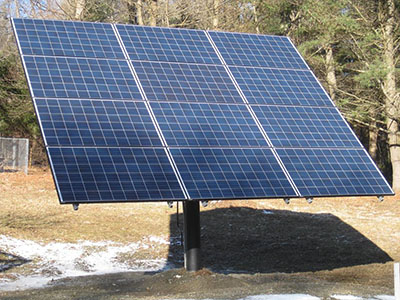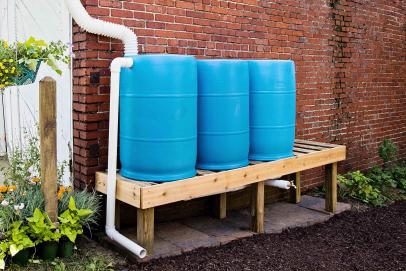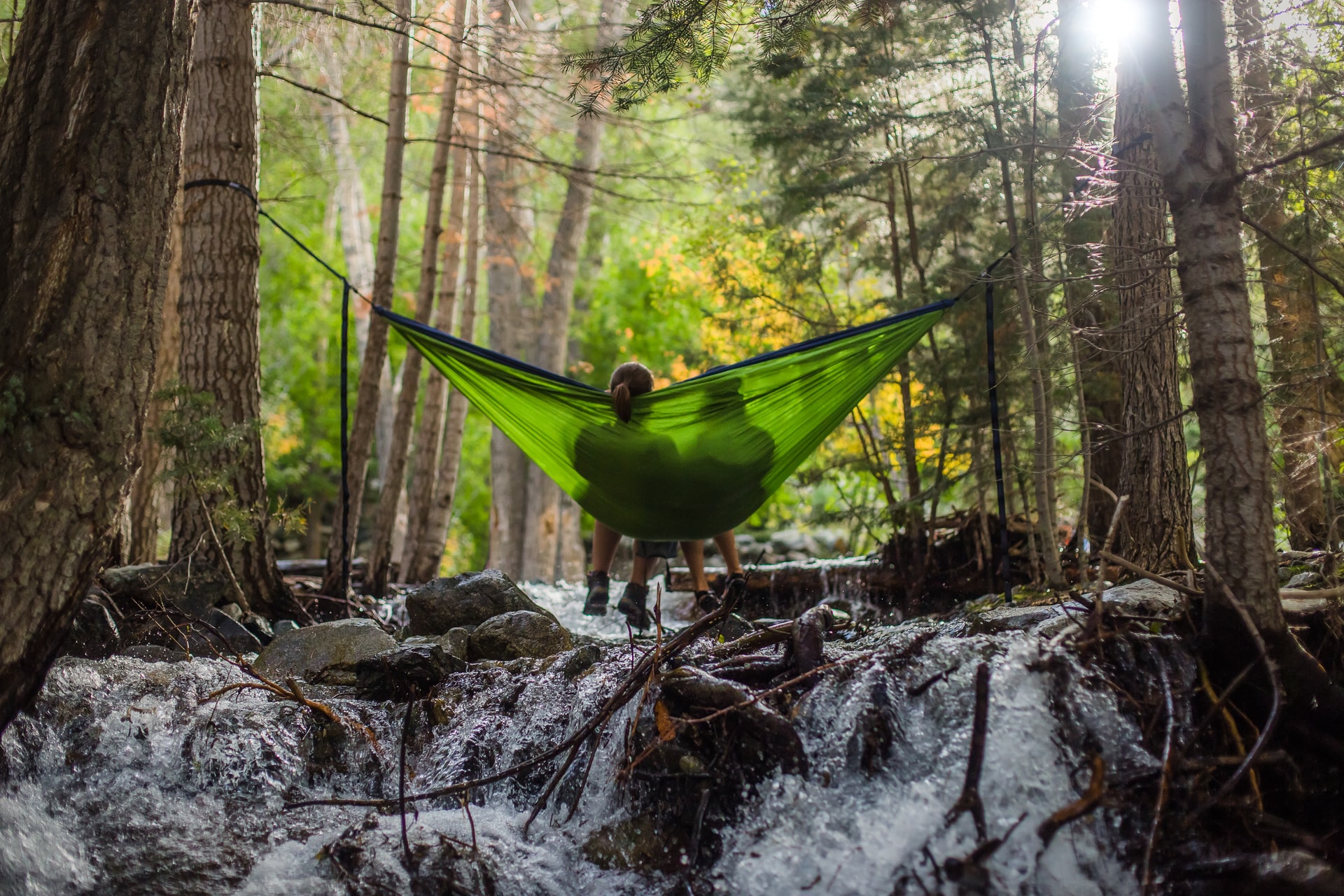5 alternatives to get off the energy grid: Discover the freedom of generating power independently
Are you tired of the constant hustle and bustle of city life? Do you dream of escaping the grid and embracing a simpler, self-sustaining lifestyle? If so, you’re not alone. In this article, we will explore five innovative ways to break free from the constraints of modern society and live off-the-grid.
From harnessing solar power to growing your own food, we will delve into the fascinating world of sustainable living. Discover how to create your own renewable energy sources, reduce your carbon footprint, and embrace a more harmonious relationship with nature.
Join us on this journey as we explore the possibilities and challenges of living off-the-grid. Get ready to unlock a world of freedom, self-sufficiency, and unparalleled connection with the natural world. Let’s dive in and explore the five ways to get off-the-grid that will revolutionize your life.
Solar Power
Solar power is one of the most popular and effective ways to get off-the-grid. By harnessing the energy of the sun, you can generate electricity for your home or business without relying on traditional power sources. Solar panels are the key component of a solar power system, as they convert sunlight into usable energy. Installing solar panels on your roof or in your yard is a great way to take advantage of the sun’s abundant energy.
In addition to being environmentally friendly, solar power can also save you money. Once you’ve installed solar panels, you can significantly reduce or even eliminate your monthly electricity bill. This is especially beneficial for those looking to live off-the-grid, as it allows you to be self-sufficient and not rely on the power grid.
Another advantage of solar power is its reliability. Unlike traditional power sources, such as fossil fuels, the sun is a renewable resource that will continue to provide energy for billions of years. This means that as long as the sun is shining, you will have a constant source of power.
Maintaining a solar power system is relatively easy. Solar panels are designed to be durable and require minimal maintenance. Regular cleaning and occasional inspections are usually all that’s needed to keep your system running smoothly.
Lastly, solar power can increase the value of your property. Many homebuyers are now looking for homes with solar panels, as they recognize the long-term cost savings and environmental benefits. By investing in solar power, you not only save money on your energy bills but also make your property more attractive to potential buyers.
In conclusion, solar power is an excellent way to get off-the-grid. Its environmental benefits, cost savings, reliability, ease of maintenance, and property value increase make it a top choice for those looking to live independently from traditional power sources. By harnessing the power of the sun, you can enjoy a sustainable and self-sufficient lifestyle.
Wind Power
Wind power is one of the most popular and effective ways to generate electricity off-the-grid. Harnessing the power of the wind can provide a sustainable and renewable source of energy. Installing a wind turbine on your property can be a great investment and help you become self-sufficient.
One of the key advantages of wind power is its ability to generate electricity even in remote locations. As long as there is a steady breeze, you can generate power and reduce your reliance on the grid. This makes wind power an ideal solution for those looking to live off-the-grid.
In addition to its accessibility, wind power is also environmentally friendly. Unlike fossil fuels, wind power does not produce harmful emissions or contribute to global warming. By using wind power, you can reduce your carbon footprint and contribute to a cleaner and greener planet.
Another benefit of wind power is its cost-effectiveness. While the initial investment may be higher compared to other off-grid solutions, such as solar power, wind turbines have a longer lifespan and require less maintenance. Over time, the savings in electricity bills can outweigh the initial costs.
Furthermore, wind power is a reliable source of energy. While solar power relies on sunlight, wind power can be generated day and night, as long as there is enough wind. This makes wind power a dependable option for off-the-grid living.
Lastly, wind power can provide you with energy independence. By generating your own electricity, you are no longer dependent on the grid and its fluctuations. This can give you peace of mind, especially during power outages or emergencies.
In conclusion, wind power is a viable option for those looking to get off-the-grid. Its accessibility, environmental benefits, cost-effectiveness, reliability, and energy independence make it a compelling choice. Consider harnessing the power of the wind and enjoy the benefits of sustainable and renewable energy.
Hydro Power
Hydro power is one of the most reliable and sustainable ways to get off-the-grid. By harnessing the power of flowing water, you can generate electricity without relying on traditional power sources. This method is not only environmentally friendly but also cost-effective in the long run.
One of the key advantages of hydro power is its consistency. Unlike solar or wind power, which are dependent on weather conditions, water flow can be more predictable. This makes it a reliable source of energy, especially in areas with consistent water supply.
To utilize hydro power, you will need a water source, such as a river or a stream, and a turbine. The force of the flowing water turns the turbine, which in turn generates electricity. This electricity can be used to power your home or other off-grid systems.
Hydro power systems can vary in size, from small-scale setups for individual homes to larger installations for communities. The size of the system depends on the available water flow and the amount of electricity needed.
In addition to being a sustainable energy source, hydro power also has minimal environmental impact. Unlike fossil fuels, it does not produce harmful emissions or contribute to climate change. It is a clean and renewable energy option that can help reduce your carbon footprint.
While hydro power has numerous benefits, it is important to consider the potential challenges. Building a hydro power system can require significant upfront costs and engineering expertise. It also requires access to a suitable water source, which may not be feasible for everyone.
In conclusion, hydro power is a reliable and sustainable way to get off-the-grid. By harnessing the power of flowing water, you can generate electricity without relying on traditional power sources. While there are challenges to consider, the long-term benefits make it a worthwhile investment for those looking to become more self-sufficient and environmentally conscious.
Geothermal Power
Geothermal power is one of the most efficient and sustainable ways to get off-the-grid. Harnessing the natural heat from the Earth’s core, geothermal power plants generate electricity without relying on fossil fuels. This renewable energy source provides a consistent and reliable power supply, making it an ideal choice for those looking to live off-the-grid.
One of the key advantages of geothermal power is its low environmental impact. Unlike traditional power plants, geothermal plants produce minimal greenhouse gas emissions and have a small footprint. This makes them a clean and green option for off-the-grid living.
Another benefit of geothermal power is its cost-effectiveness. Once a geothermal power plant is built, the fuel source is virtually free, resulting in lower energy costs in the long run. This can be particularly advantageous for those seeking to reduce their reliance on traditional energy sources.
Geothermal power can also provide a stable and continuous power supply. Unlike solar or wind energy, which can be intermittent, geothermal power is available 24/7. This makes it a reliable option for off-the-grid living, ensuring a consistent power source regardless of weather conditions.
In addition to electricity generation, geothermal energy can also be used for heating and cooling purposes. Geothermal heat pumps can efficiently heat or cool homes, reducing the need for traditional heating and cooling systems. This further enhances the sustainability and self-sufficiency of off-the-grid living.
In conclusion, geothermal power offers numerous advantages for those looking to get off-the-grid. Its sustainability, low environmental impact, cost-effectiveness, and reliable power supply make it an attractive option. By harnessing the Earth’s natural heat, individuals can enjoy a self-sufficient and eco-friendly lifestyle.
Biomass Power
Biomass power is one of the most effective ways to get off-the-grid and reduce our reliance on traditional energy sources. By harnessing the energy from organic materials such as wood, crops, and agricultural waste, biomass power provides a sustainable and renewable alternative to fossil fuels.
One of the key benefits of biomass power is its ability to produce electricity and heat without releasing significant amounts of greenhouse gases. This makes it an environmentally friendly option for those looking to reduce their carbon footprint.
In addition to its environmental benefits, biomass power also offers economic advantages. It creates jobs in rural areas where biomass resources are abundant and helps stimulate local economies.
Furthermore, biomass power can be used in various forms, including direct combustion, gasification, and anaerobic digestion. This versatility allows for the efficient utilization of different biomass feedstocks and maximizes energy production.
Lastly, biomass power can be integrated into existing energy systems, making it a viable option for both residential and commercial applications. It can be used to generate electricity, heat buildings, and even power vehicles.
In conclusion, biomass power is a sustainable and renewable energy source that offers numerous benefits for those looking to get off-the-grid. Its ability to reduce greenhouse gas emissions, create jobs, and provide versatile energy solutions makes it an attractive option for a greener future.
In conclusion, this post has covered five key ways to get off-the-grid: solar power, wind power, hydro power, geothermal power, and biomass power. These alternative energy sources provide sustainable and environmentally friendly options for individuals looking to reduce their reliance on traditional power grids.
By harnessing the power of the sun, wind, water, Earth’s heat, and organic matter, individuals can generate their own electricity and heat, reducing their carbon footprint and saving on energy costs. These technologies are becoming more accessible and affordable, making off-the-grid living a viable option for many.
As we look to the future, advancements in renewable energy technologies are expected to continue, making these options even more efficient and cost-effective. Additionally, the integration of smart grid systems and energy storage solutions will further enhance the reliability and flexibility of off-the-grid living.
Thank you for taking the time to read this post. We hope you found the information valuable and insightful. If you have any questions or feedback, please leave a comment below. Here’s to a greener and more sustainable future!

